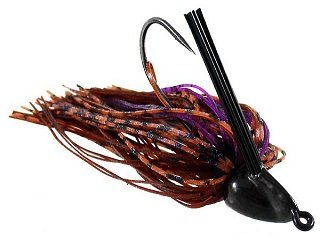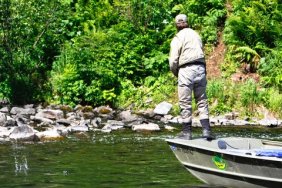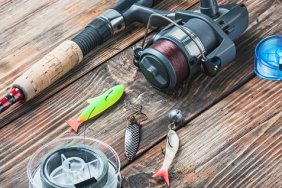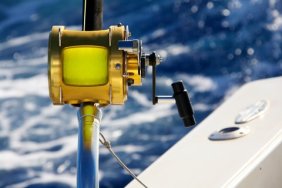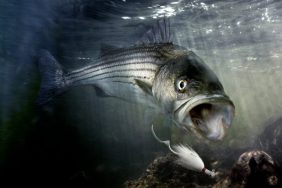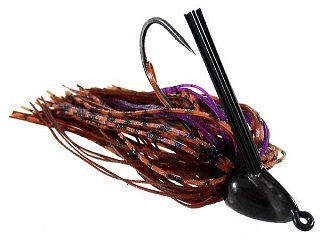 I hope you’ve enjoyed learning about the individual components of popular bass lures as much as I’ve enjoyed writing about them. Breaking down spinnerbaits and crankbaits, piece by piece, in order to gain a better understanding of how a lure works and therefore how to utilize it on the water is a great asset for any angler to have. Today, we continue this by taking a closer look at another favorite lure, the jig.
I hope you’ve enjoyed learning about the individual components of popular bass lures as much as I’ve enjoyed writing about them. Breaking down spinnerbaits and crankbaits, piece by piece, in order to gain a better understanding of how a lure works and therefore how to utilize it on the water is a great asset for any angler to have. Today, we continue this by taking a closer look at another favorite lure, the jig.
Let’s start with the head of a bass jig, which comes in a variety of shapes and sizes. The football variation is one of the more popular types, due to its resistance to snagging, as well as the action it possesses in the water. Other than the popular football head, there is the stand-up head jig, which has a flattened bottom that allows the jig to stand straight up and mimic the defensive posture of a crayfish. There is also the bullet jig and the swimming jig. Bullet head jigs have a tapered head design that enables them to be easily pulled through weeds without snagging, while swimming jigheads are tapered, but have flattened, winglike sides that allow them to plane near the surface.
Some jigheads possess eyes, which can have an impact on the action and pull of a jig in the water, depending on the design of the eyes. Other jigheads are equipped with a weed guard, which can be made up of several bristles or a single piece of wire. Many anglers trim the weed guard a bit until the end is just above the hook tip, in an effort to prevent losing solid hook ups. All head variations perform well and are designed to be worked in specific ways in certain situations.
When it comes to skirts, the vast majority of jigs on the market use silicone. The thicker and heavier the skirt is, the slower the jig will fall, which can be useful in colder waters. As with the weed guard, though, many anglers trim the skirts to adjust the action of a jig. Jigs come in a variety of skirt colors, but since they’re made to predominantly imitate crayfish, natural greens and browns are a safe bet.
The hooks on a bass jig tend to be longer, but for a good reason, as these jigs are made with plastic trailers in mind. Trailers tend to incorporate a dual claw body, which further enables a jig to resemble a crayfish. Furthermore, trailers will have more buoyancy, which causes them to float upward while the jighead itself rests on the bottom.
Lastly, many of the bass jigs on the market will come with rattles built-in to their design. However, you can also buy individual rattles that you can attach to a jig if needed. Rattles create vibrations in the water each time the jig collides with the bottom or an object, which appeals to a fish’s hearing and further entices them to investigate the jig.
Any bass angler will tell you that jigs are one of the deadliest lures and anyone fishing for bass would do well to arm themselves with a few. Combined into a single lure, each of the components listed above works together to create a composition of bass-catching efficiency. Knowing how each component works to make the jig so effective can really increase your knowledge of the lure itself, which will hopefully make you a better angler.
